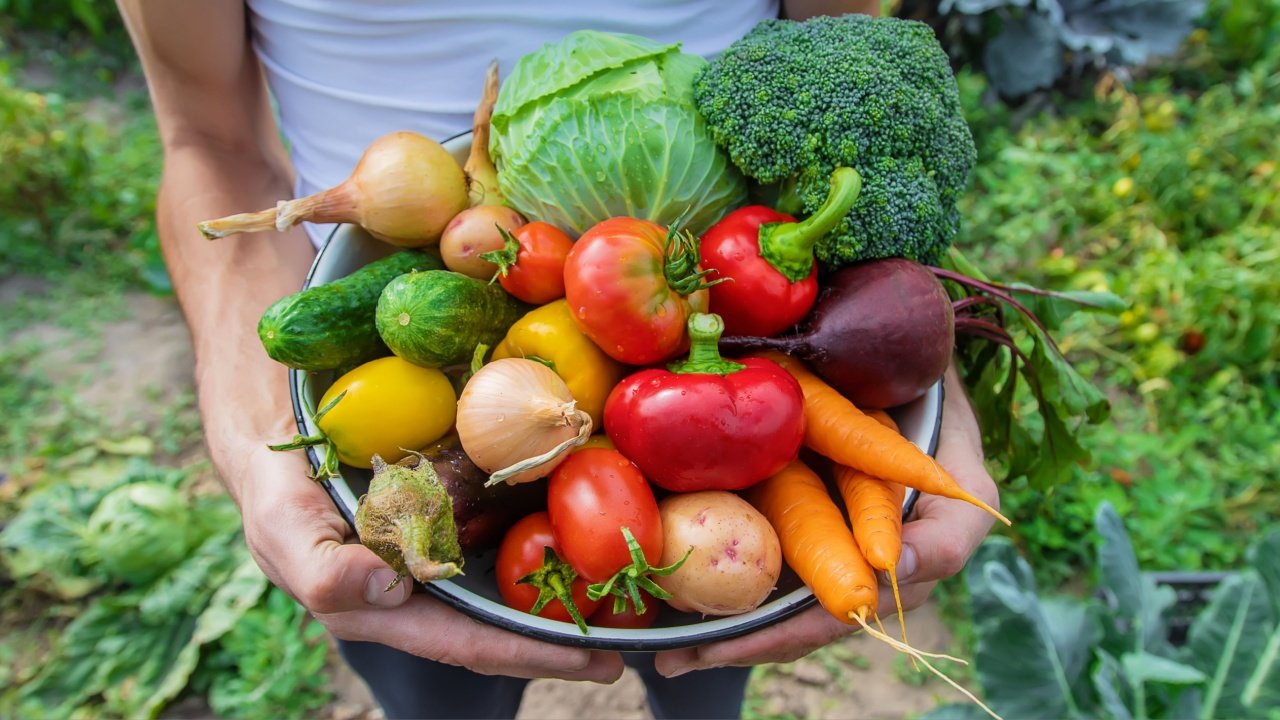
Homesteading and farming may look a lot alike, with both involving dirt, plants, and animals. However, these two lifestyles have some big differences that make them unique.
Whether you’re a city-dweller dreaming about rural life or someone looking to start their own food garden, understanding these distinctions can help you decide which path is right for you.
Each path offers its own set of rewards and challenges, making it important for those interested to consider what fits best with their goals and values. Whether you choose the self-sufficient life of homesteading or the broader scale of farming, both play a vital role in supporting and sustaining our world.
1. Purpose

Homesteading is about leading a self-sufficient life. Homesteaders aim to provide for most of their own needs, including food, water, and sometimes energy, directly from their property.
Farming, on the other hand, is usually more focused on producing food and goods to sell. Farmers often grow large quantities of a few crops to sell on the market, making profit their main goal.
2. Scale

Homesteading generally happens on a smaller scale. A homestead can be as small as a backyard garden or a few acres. In contrast, farming typically requires more land. This is because farmers need enough space to cultivate large amounts of crops or raise many animals to make a living from it.
3. Variety vs. Specialization

Homesteaders often grow a variety of crops and raise different kinds of animals to meet their diverse needs. This variety helps them stay self-sufficient. Farmers usually specialize in a few types of crops or livestock to maximize efficiency and profit, focusing on the best crops for their climate and soil, or the most profitable animals.
4. Technology and Equipment

Farming often involves more advanced technology and equipment. From large tractors and harvesters to sophisticated irrigation systems, farming technology is designed to improve efficiency and yields.
Homesteading might use some modern tools, but often relies on more traditional, hands-on methods which can be more eco-friendly.
5. Market Dependence

Farmers are typically dependent on the market. They need to sell their products to earn an income and are often affected by market prices and demands. Homesteaders, meanwhile, are more insulated from the market as they aim to consume what they produce rather than sell it.
6. Lifestyle

Homesteading is not just a form of agriculture; it’s a lifestyle choice that emphasizes independence, family involvement, and a close connection to nature. Farming can also involve these elements, but it is usually more business-oriented and can require longer hours and more management of employees.
7. Income

For farmers, income is derived from selling their products. This can make farming a financially unstable occupation if market conditions change. Homesteaders typically do not rely solely on income from their land, often having other jobs or ways of making money that complement their lifestyle.
8. Sustainability

Homesteading often prioritizes sustainability. Homesteaders usually aim to reduce waste, recycle resources, and care for their land in a way that can continue indefinitely. Farmers may be interested in sustainability, but their larger scale and need to profit can sometimes lead to choices that are less focused on long-term environmental health.
9. Community Interaction

Homesteaders may trade or share their surplus with neighbors, but they generally focus on being as independent as possible. Farmers, especially in rural areas, can be more connected to agricultural communities, sharing resources like machinery and labor, and supporting each other’s businesses.
10. Education and Skills

Homesteaders need a broad range of skills, from gardening to basic veterinary care, since they handle most things themselves. Farmers also need a deep understanding of agriculture, but they often focus more on business skills like marketing and finance to run their operations effectively.
11. Legal and Regulatory Issues

Farmers often face more complex legal and regulatory issues, including zoning laws, subsidies, and safety regulations, due to the scale and commercial nature of their operations. Homesteaders deal with fewer of these issues, though local regulations about land use can still apply.
12. Long-Term Goals

The long-term goals of homesteaders and farmers can be quite different. Homesteaders are often driven by a desire for independence and a sustainable lifestyle that can be passed down through generations.
Farmers may have similar desires for sustainability, but they are also focused on expanding their business, increasing profits, and improving production techniques.
